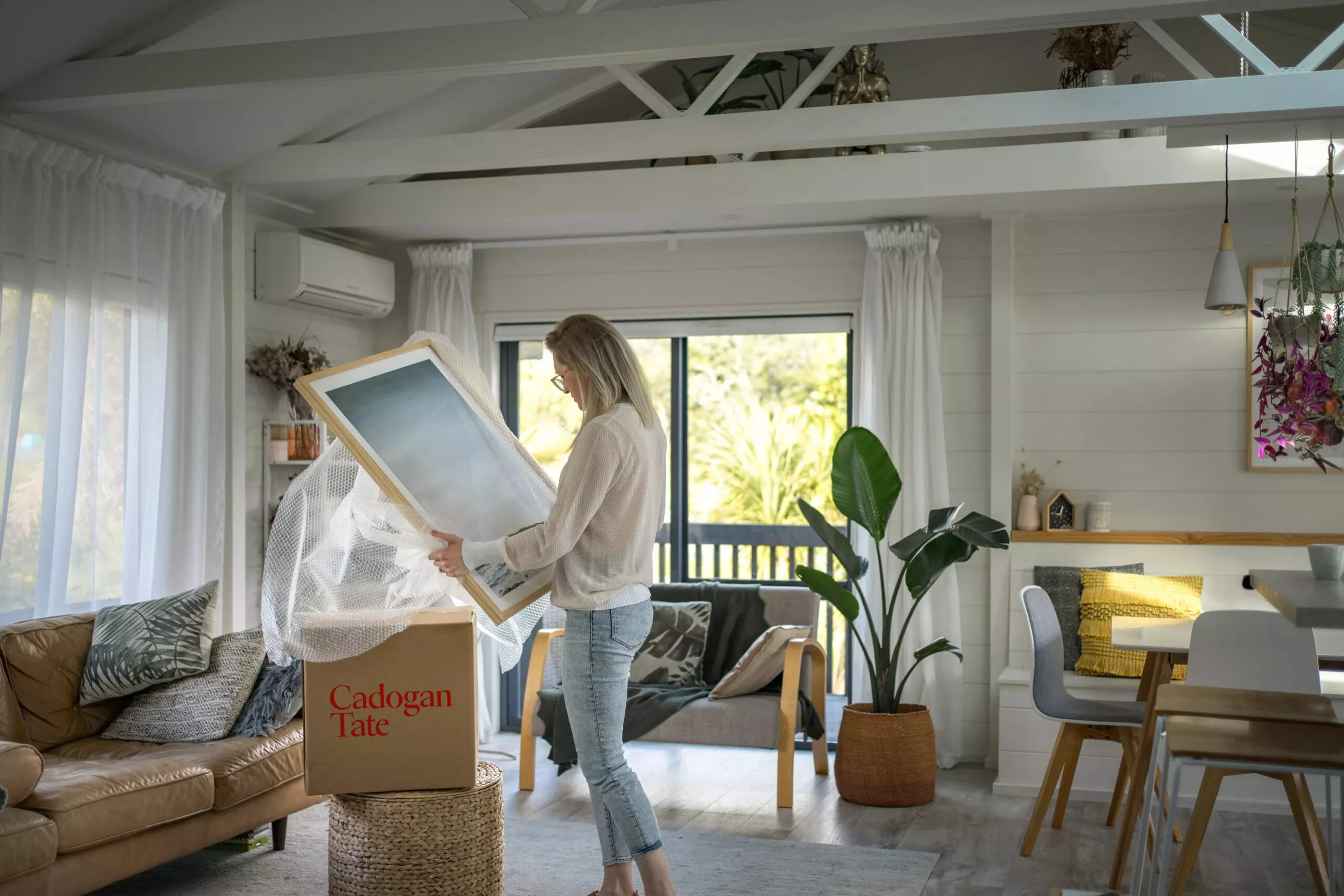A couple of words can have quite the impact. When combined and then placed next to a sculpture or installation, “don’t touch” can be bitterly frustrating to the heart and soul. Despite our other senses getting their due, so to speak – sight and sound – there is still a very human desire to familiarise ourselves with an object through touch.
Through touch we communicate and we feel, which by association means we undergo an emotional experience. Touch is, in a very factual sense, the direct connection between separate entities, a physicality that fosters meaning. Otherwise we can only ever speculate.
Henry Moore, one of the greatest modernists of the 20th century, celebrated for his abstruse, polymorphic and semi-abstract and decidedly bronze sculptures, was keen for some of his large-scale works to be engaged through touch.
In a new exhibition at the Gagosian Gallery in London, entitled Large Late Forms, some of his gargantuan sculptures will, for the first time, be shown indoors, a feat that has until now been impossible to achieve because of their very size. As colossal objects of art, the physical limits of even the biggest galleries have meant that they were denied that luxury.
Needless to say that hasn’t been too much of a problem. Moore not only intended for sculptures like Reclining Connected Forms (1969) and Large Spindle Piece (1974) to be interacted with, he wanted them to be landscape responsive.
As such, the experience would vary and the narrative would change like Chinese whispers. If they were located outside in a garden during the summer and the beach in winter, the play of the seasons, the differences in light and sound, one couldn’t derive the same meaning.
The Gagosian, daringly, and true to Moore’s wish for these sculptures to be shown in interesting spaces, not only demolished several walls, but has gone through the trouble of putting them back up, only for them to come back down again when the show finishes. Moore couldn’t have imagined that this would ever have been possible.
A collapsible crane has had to be “recruited” to position the works with expert precision. The sculptures have been loaded into the gallery space in order, with each movement of the crane worked out beforehand. Nothing has been left to chance. As Anita Feldman, curator of the Henry Moore Foundation, explained to the Telegraph, there is, beyond art, a health and safety issue: “It has to be absolutely right because if it’s slightly off, the crane could go. It could even kill somebody.”
Interesting then that his late sculptures, which many consider neither here nor there in his oeuvre – produced in the sixties and seventies, Moore had already created thousands of works that arguably began to lose their originality – bring up the transient nature of life through their very size. Beautiful as they may be, they exude a certain pugnacious quality; testing our mettle, if you like.
Hence, in standing next to these large-scale sculptures, we are reminded of our innate fragility and, in part, our fickle place in the world. In the company of these towering amorphous shapes, we recall dinosaurs, whose size and brute strength we will never match. Still, we’re all atoms, one big extended family, and the artist knew it. As daunting as the sculptures are, we want to embrace them. It all goes back to touch.
“Everything I do, I intend to make on a large scale,” Moore once said. “Size itself has its own impact, and physically we can relate ourselves more strongly to a big sculpture than to a small one.”
Henry Moore’s Late Large Forms is at the Gagosian Gallery, London, from May 31st until August 18th.



